According to statistics, the average agricultural land area per capita in Vietnam is among the lowest in the world, only 0.25 hectares.
Most of Vietnam's soil groups are problematic soil groups. Of which, 70% of the land area is located on steep mountainous terrain, so it is easily eroded and washed away, leading to loss of nutrients. The soil is often acidic, poor in humus and nutrients...
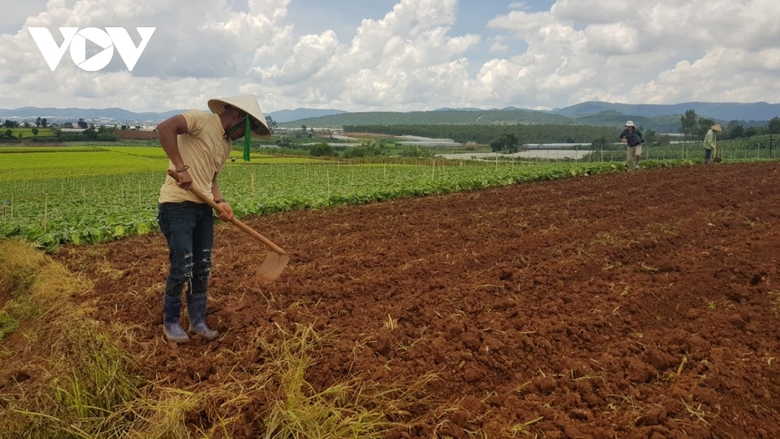
Not only that, soil pollution due to excessive use of pesticides and chemical fertilizers affects soil and plant health.
According to Mr. Le Thanh Tung, Deputy Director of the Department of Crop Production, Ministry of Agriculture and Rural Development, balancing the efficiency of fertilizer and pesticide use not only reduces costs but also reduces soil degradation, the amount of irrigation water and many greenhouse gas emissions.
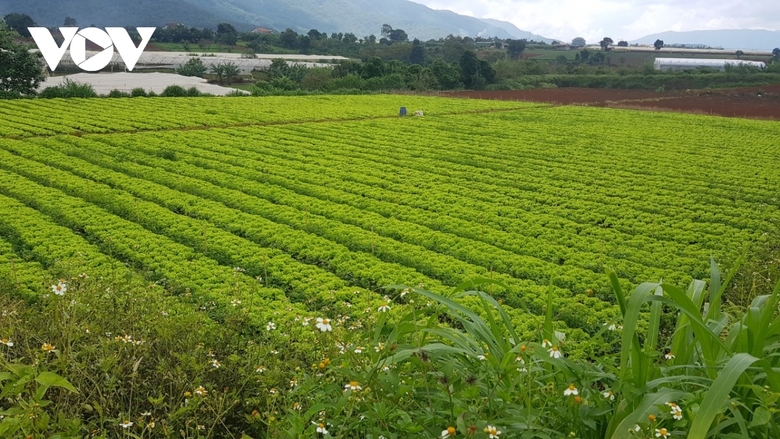
The management of agricultural land use has initially had positive changes, contributing to improving the quality of Vietnam's agricultural products towards sustainable agricultural production. Although there is a legal framework for the formation of concentrated agricultural production areas, large-scale commodity agricultural production and the application of modern science and technology... However, it is necessary to have more detailed regulations on land investigation, assessment and regular protection, improvement and restoration of land.
Towards the implementation of Vietnam's Netzero commitment by 2050, the measure of emission reduction will bring long-term benefits to reinvest in land restoration, Mr. Tung commented: "We take the value of an important delta in the world, contributing to emission reduction. And commercializing Carbon certificates by measuring low emissions based on platforms opens up other processes. When these bring benefits, they will be reinvested in production areas."
Source


![[Photo] Special relics at the Vietnam Military History Museum associated with the heroic April 30th](https://vstatic.vietnam.vn/vietnam/resource/IMAGE/2025/4/3/a49d65b17b804e398de42bc2caba8368)

![[Photo] Moment of love: Myanmar people are moved to thank Vietnamese soldiers](https://vstatic.vietnam.vn/vietnam/resource/IMAGE/2025/4/3/9b2e07196eb14aa5aacb1bc9e067ae6f)
![[Photo] General Secretary To Lam receives Japanese Ambassador to Vietnam Ito Naoki](https://vstatic.vietnam.vn/vietnam/resource/IMAGE/2025/4/3/3a5d233bc09d4928ac9bfed97674be98)


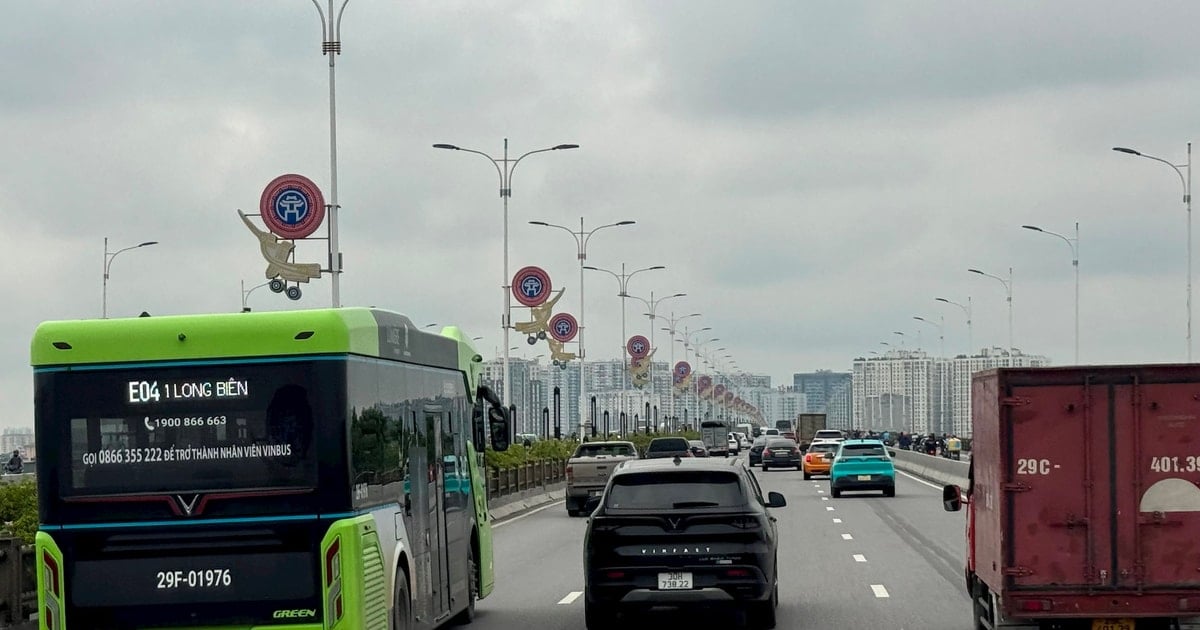



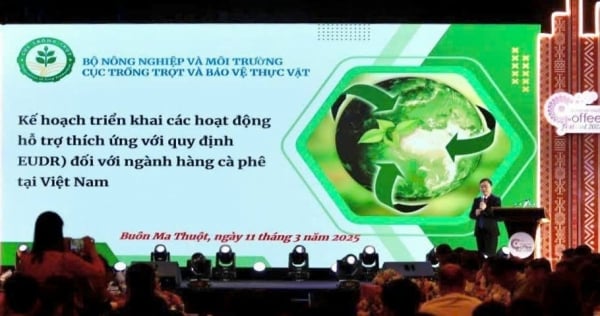

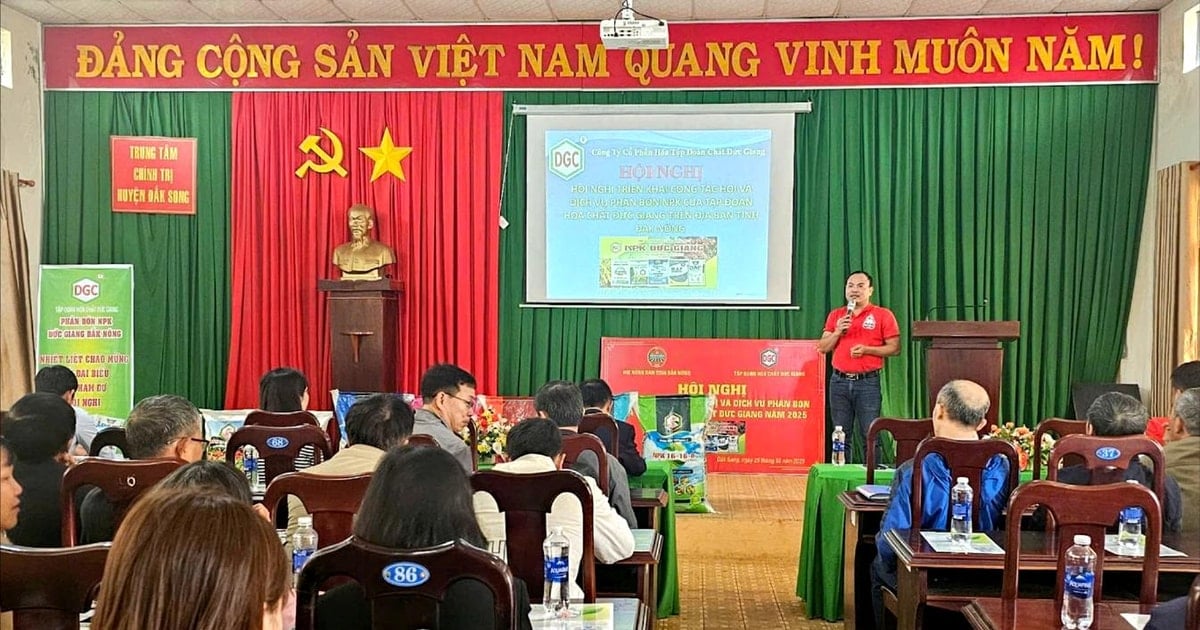


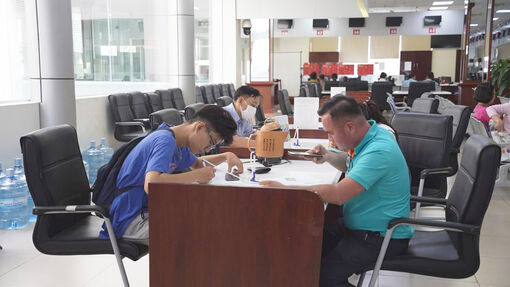

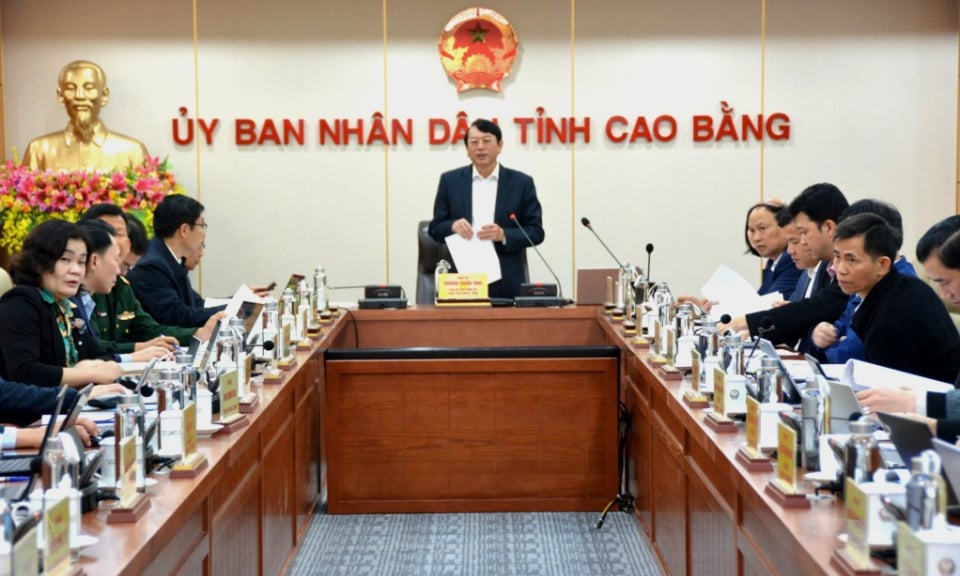

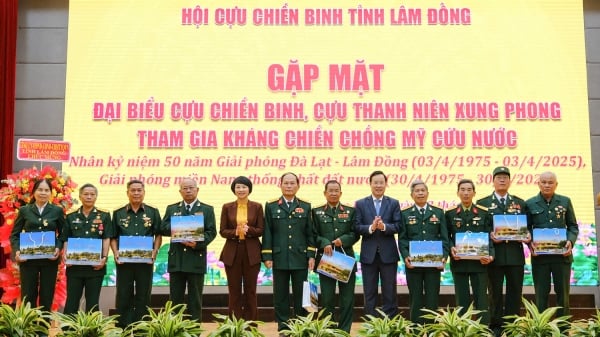
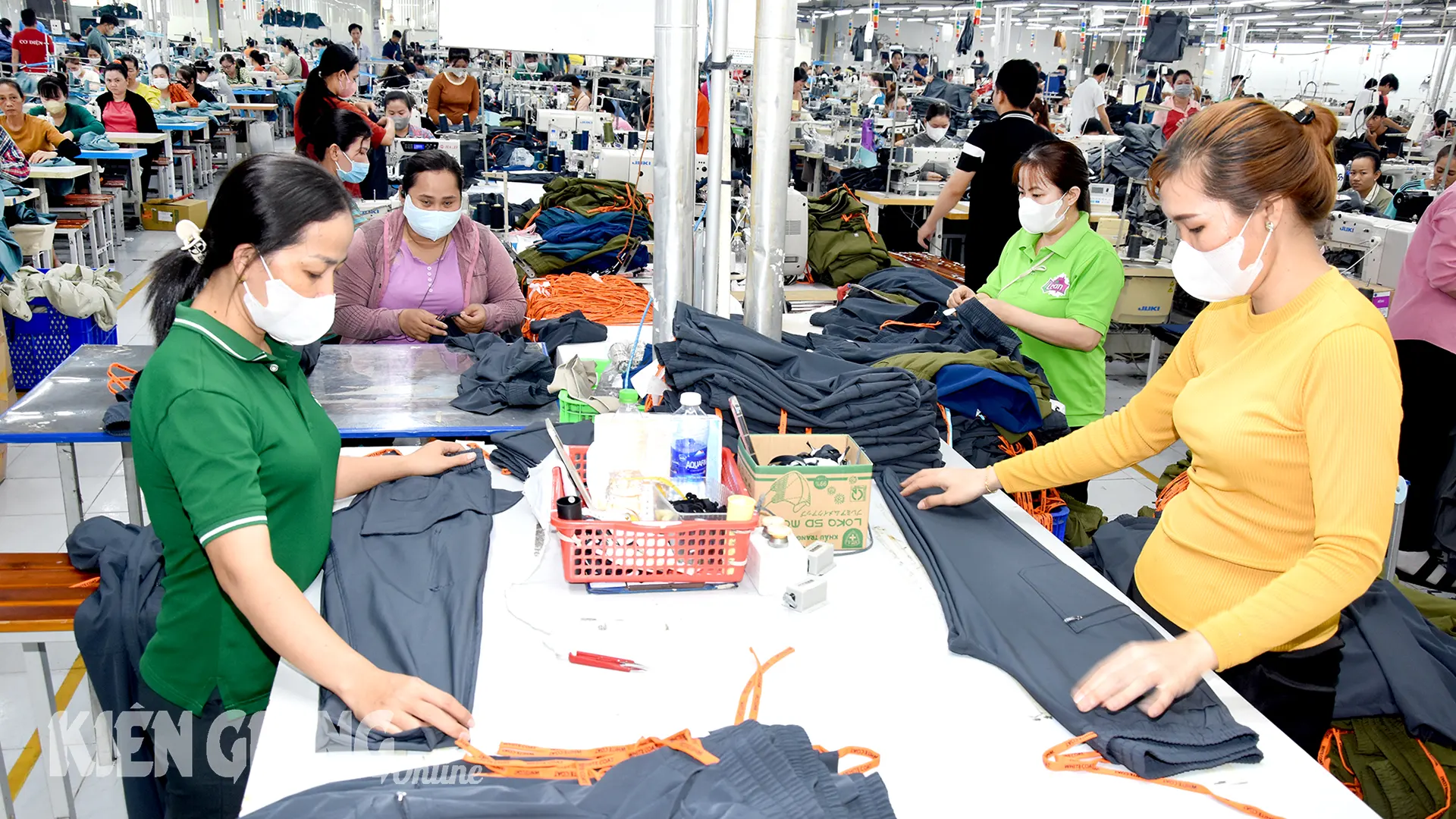






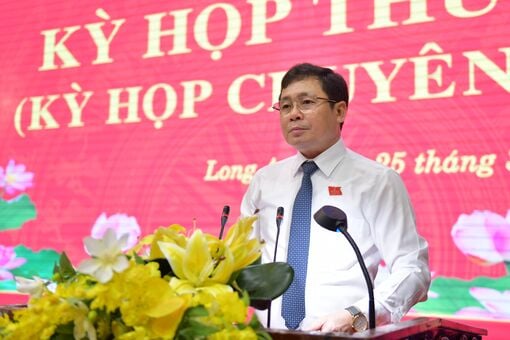

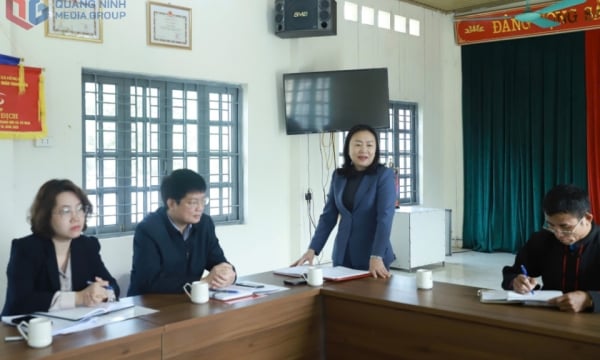
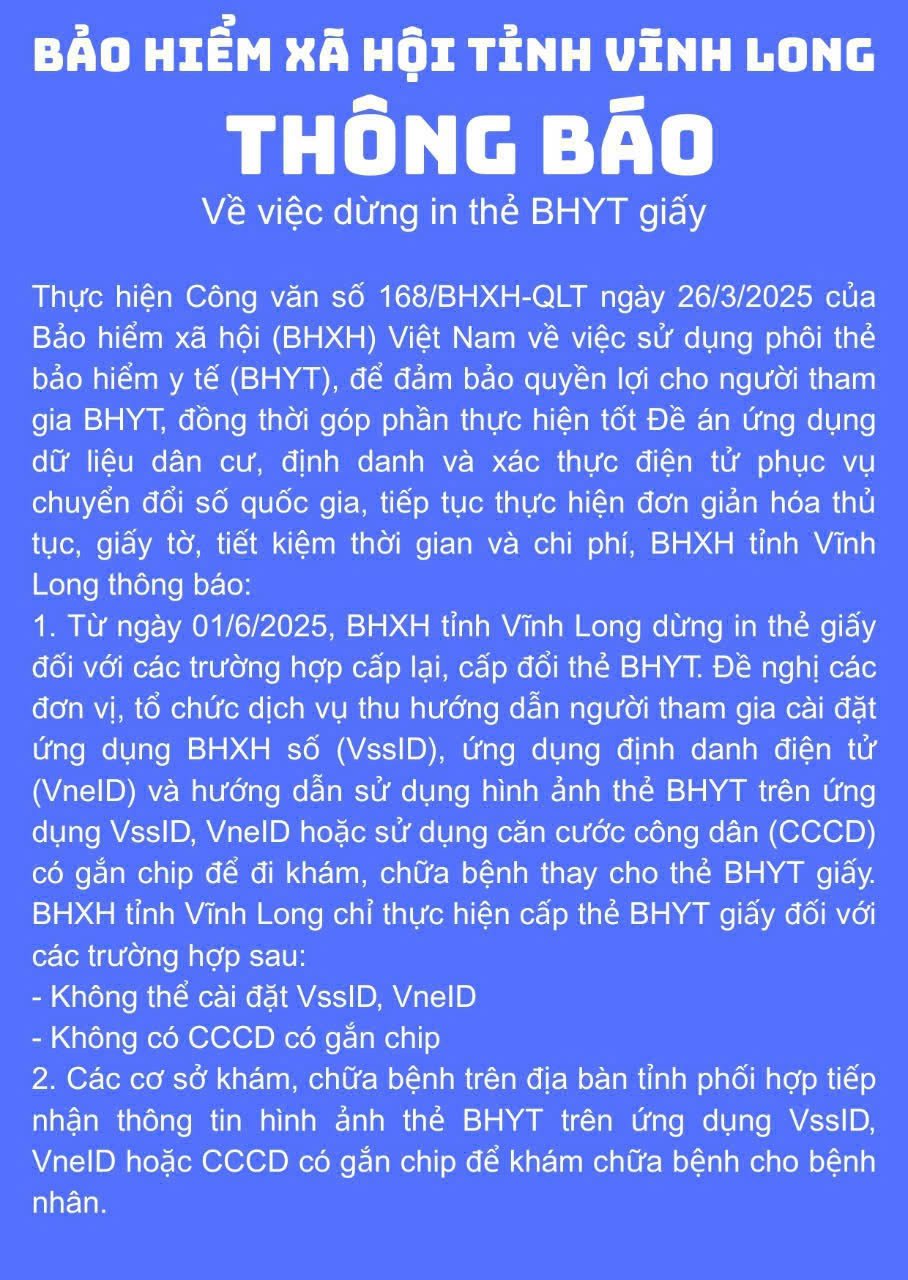





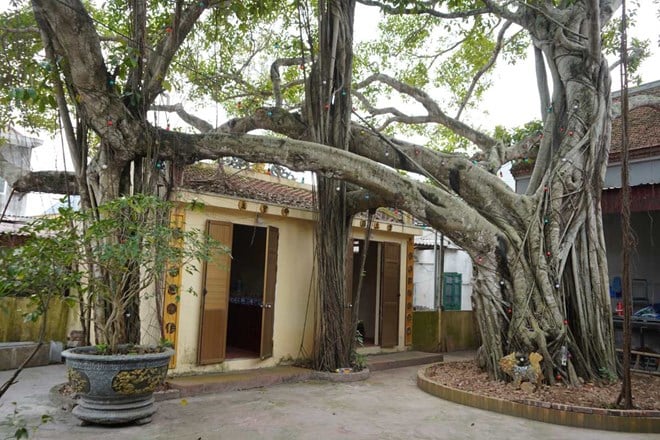





















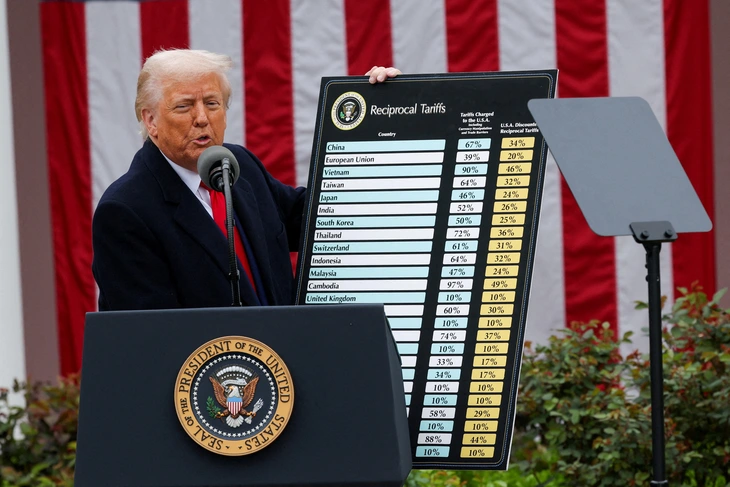

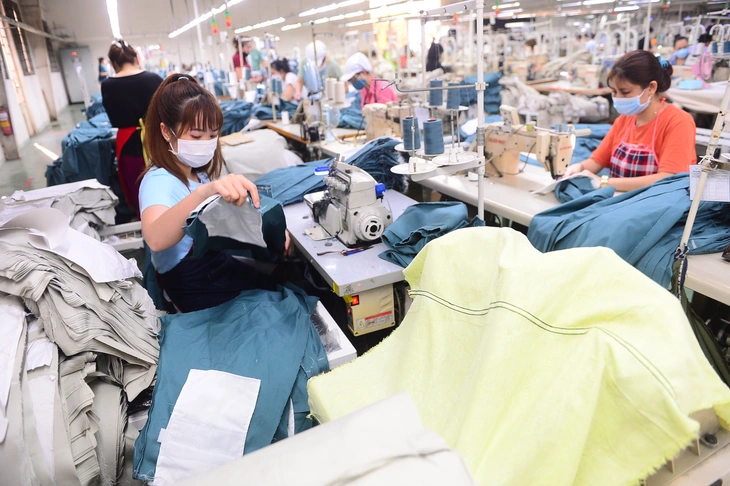
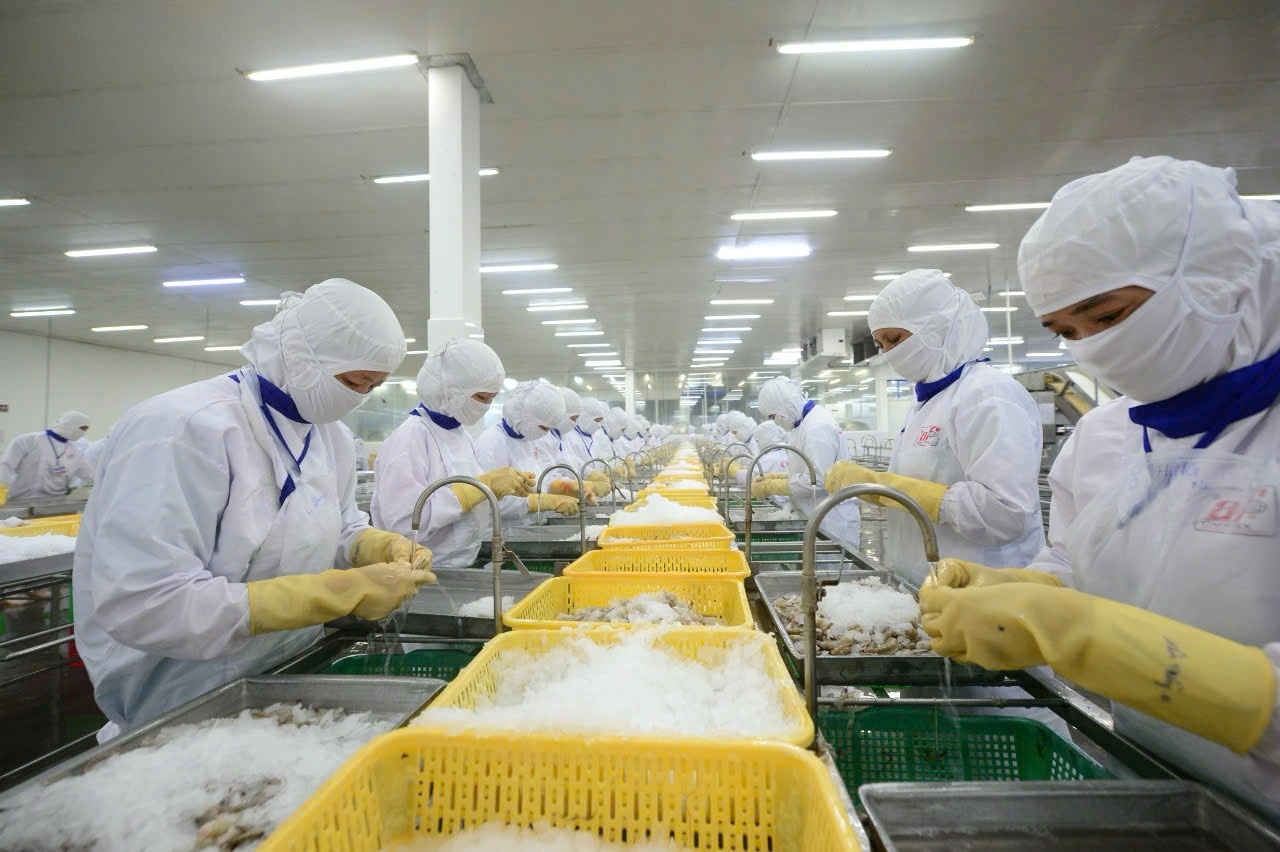

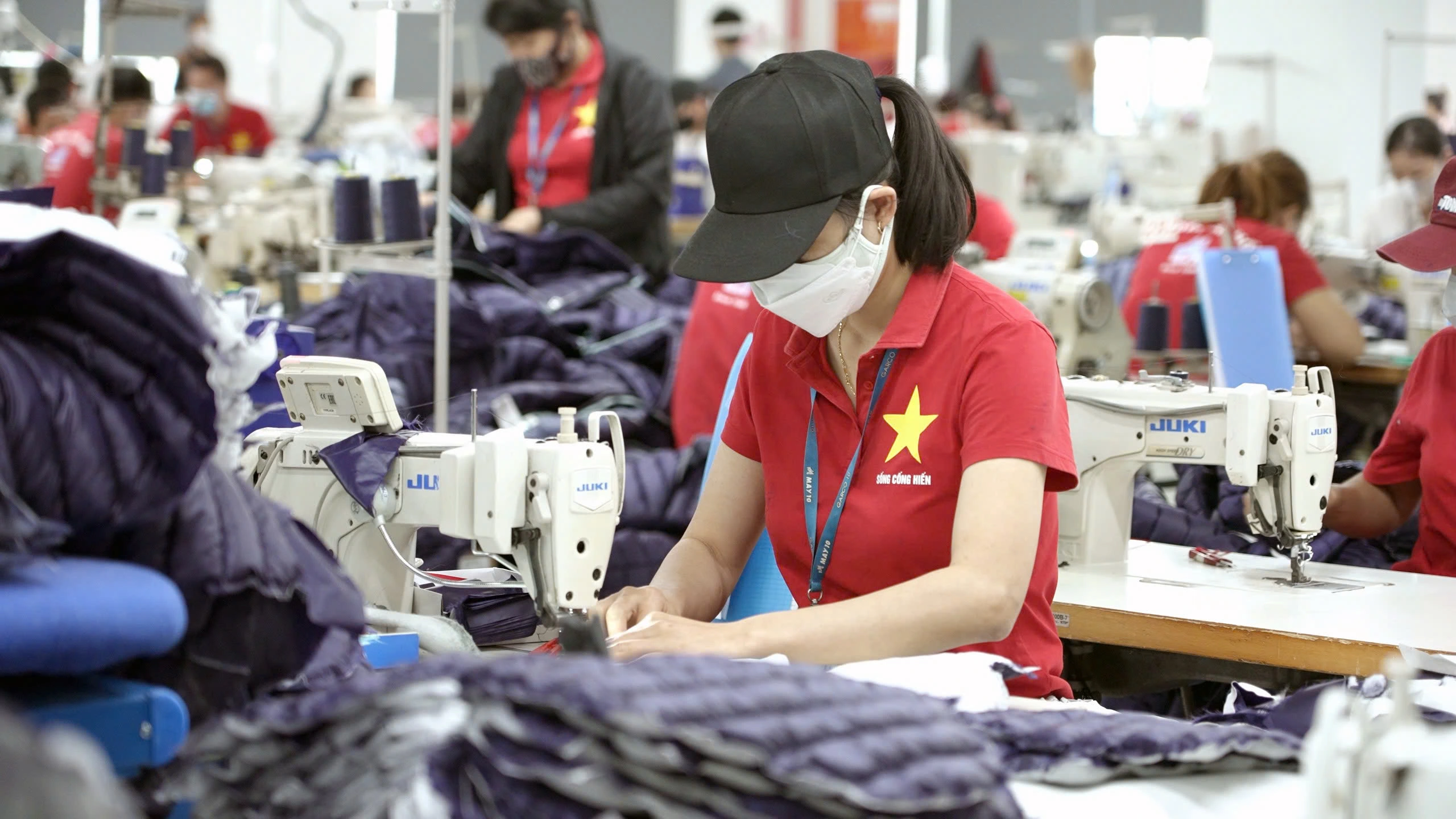



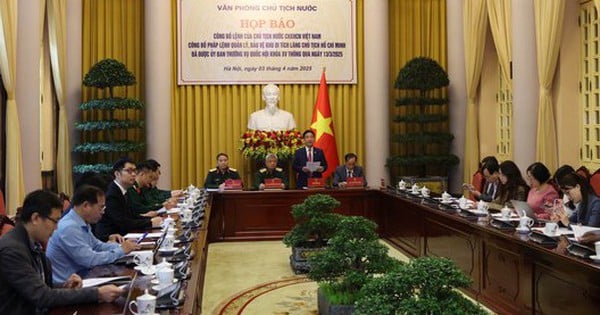



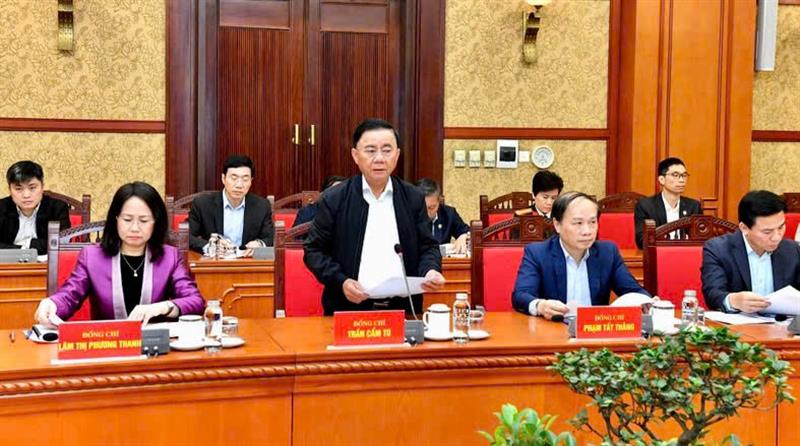





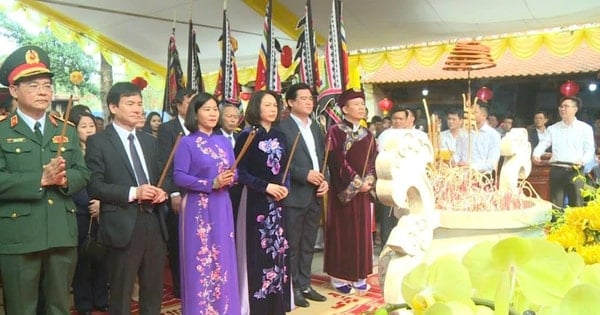













Comment (0)